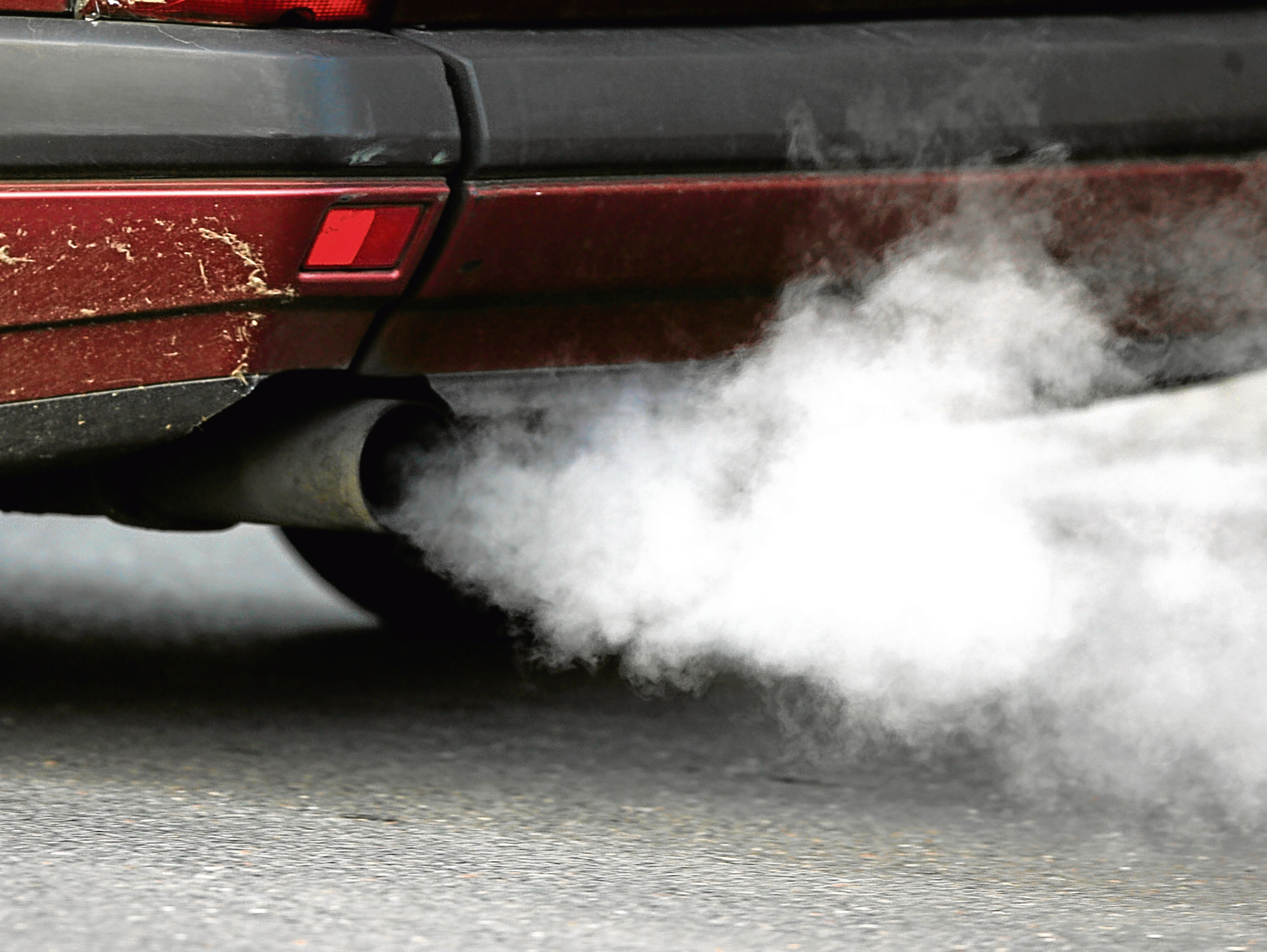
SHOULD Scotland race ahead of the pack and ban new petrol and diesel cars from our roads by 2030, a decade before the rest of the UK?
In a word – no! The brakes must be applied to this “fuelish” and fanciful nonsense.
The environmentalists and eco-airheads pressurising Holyrood for immediate clean air action, should be told to get on their bikes.
Scotland is neither ready nor willing to compete for a pointless pole position in a race to be first to achieve zero emissions.
To leap ahead without having the skills, resources, infrastructure, power capacity, investment and, most importantly, the technology, would be utter madness.
It would cause an economic car crash that Scotland would struggle to recover from.
Westminster’s backstabbing Tory boy, Environment Secretary Michael Gove, spluttered his Government’s admirable (but probably insincere) £3 billion clean air intention to drive the internal combustion engine off our roads by 2040.
We shouldn’t stop the march of progress but nor should we allow our judgement to be blinded by science fiction and a charged-up politician.
If we are to jump aboard and journey into the unknown, then I at least want to know the price of the ticket.
Environmentalists claim he should have immediately brought in stronger air quality measures and restrictions.
Well this lot, as we know, will never be happy until we are all driving pedal-powered cars.
As far as I’m concerned, the Scottish government should be holding back its support until all the facts and costs are known.
If I make it to 2030, let alone 2040, I imagine I’ll have an electric vehicle – a mobility scooter!
So this announcement shouldn’t really affect me but, as the owner of a top-of-the-range diesel 4×4 I’m already being hammered in road tax for being a polluting pariah.
I’ve been taken for a ride by the Government to go green and clean with diesel and then abandoned at the pumps and dumped by the second-hand car dealers, losing almost £7000 in value overnight when they suddenly decided that diesels were actually dirtier than petrol.
Ater this announcement, I reckon I’ll get more for the washer fluid than I will for the whole car.
That’s an out-of-pocket problem that all UK car drivers will soon have to face which will only accelerate as we near the cut-off date.
And with more than 23 million motor vehicles in the UK, and 600,000 new cars being bought every year, you have to ask when will production actually stop?
And will dealers be able to cope with a surge in demand for electric cars?
And will the Government give us anything back for our old motors?
Scrap dealers will make a mint.
As will those who produce the car batteries.
And whoever makes the charging points in the streets.
However, the biggest question of all – will the National Grid be able to cope with the extra demand for power? They can barely cope now when there’s a cold snap in the winter.
At this stage, no one in the UK Government can answer, because they are still cluelessly messing around with Brexit – so don’t expect any revelations any time soon.

Enjoy the convenience of having The Sunday Post delivered as a digital ePaper straight to your smartphone, tablet or computer.
Subscribe for only £5.49 a month and enjoy all the benefits of the printed paper as a digital replica.
Subscribe